The Kite is a medium-sized bird of prey known for its long wings and smooth flying. It often soars in circles high in the sky, using the wind to glide without flapping much. Kites have sharp eyes and beaks, and they help clean the environment by feeding on dead animals.
Scientific Classification
-
Kingdom: Animalia
-
Phylum: Chordata
-
Class: Aves
-
Order: Accipitriformes
-
Family: Accipitridae
-
Genera: Milvus, Elanus, Haliastur, etc.
Common Names
-
Kite
-
Black Kite (most common species in Africa)
-
Scavenger bird (local nickname)
-
“Soaring Hawk” in some languages
Geographic Distribution
Kites are found almost everywhere in the world, especially in:
-
Africa
-
Asia
-
Europe
-
Australia
They live in:
-
Cities and towns
-
Farmlands and open fields
-
Forest edges
-
Near rivers or dumpsites
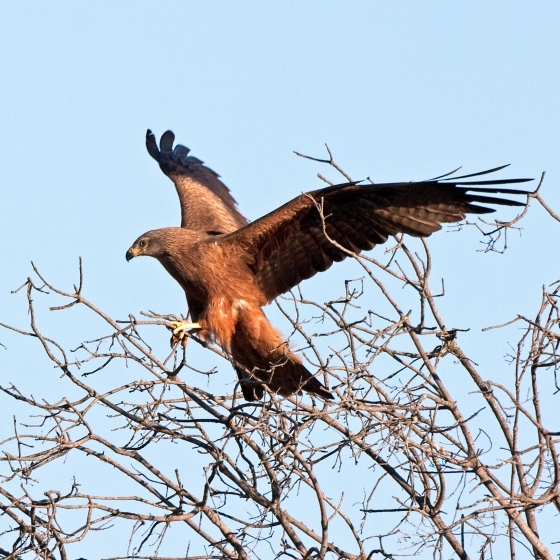 Image showing a black kite landing on a tree with wings spread (Source: BTO)
Image showing a black kite landing on a tree with wings spread (Source: BTO)
Physical Characteristics
-
Wings: Long and wide, perfect for gliding
-
Tail: Forked or rounded, used to steer while flying
-
Beak: Curved and sharp for tearing food
-
Eyes: Very sharp – can see food from high up
-
Color: Mostly brown, grey, or black with light markings
Types of Kites
1. Black Kite (Milvus migrans)
 Image showing a black Kite flying (Source: Shutterstock)
Image showing a black Kite flying (Source: Shutterstock)
-
Common in Nigeria and other African countries
-
Brown feathers with forked tail
-
Very social and often flies in groups
2. Yellow-billed Kite
 Image showing a kite with yellow beak standing on a tree branch (Source:Val de Vie Estate)
Image showing a kite with yellow beak standing on a tree branch (Source:Val de Vie Estate)
-
Subspecies of the black kite
-
Seen more in Africa
-
Has a bright yellow beak
3. Brahminy Kite (Haliastur indus)
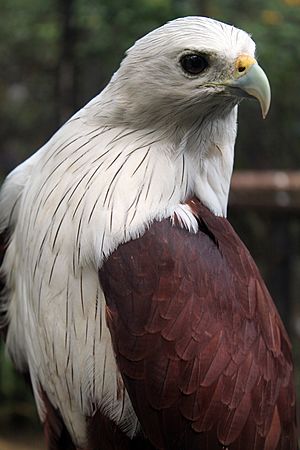 Image showing white-headed kite with chestnut wings (Source:Kiddle)
Image showing white-headed kite with chestnut wings (Source:Kiddle)
-
Found in India, Southeast Asia, and Australia
-
White head and chest with reddish wings
-
Often seen near water
4. White-tailed Kite (Elanus leucurus)
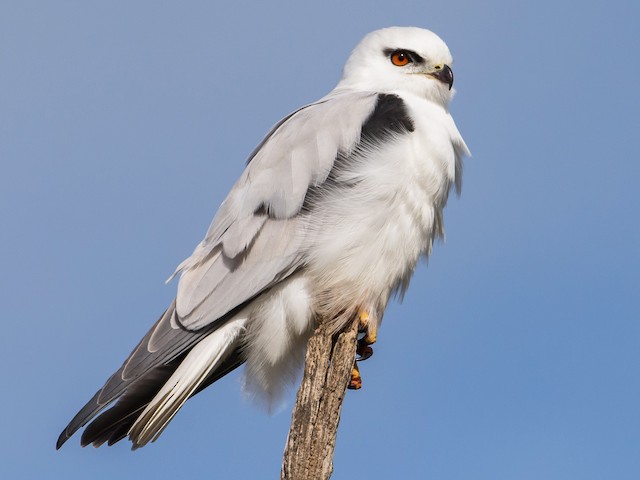
-
Smaller than most kites
-
White body with black marks
-
Found in America and parts of Africa
What do Kites eat?
Kites are carnivores and scavengers. They eat:
-
Dead animals (roadkill, waste meat)
-
Small birds
-
Mice and rats
-
Insects and reptiles
-
Food scraps in markets or dumps
This helps keep the environment clean and reduces pests.
Fun facts about Kites
-
Kites can fly for hours without flapping their wings.
-
They help control rat and waste problems in towns.
-
Some kites steal food from other birds in mid-air, very clever.
-
Kites nest in tall trees or rooftops in cities.
-
They often whistle loudly when flying in groups.
Importance to Humans
Helpful Roles:
-
Clean up dead animals (natural waste managers)
-
Help reduce rodent and insect populations
-
Fascinate bird watchers and nature lovers
-
Bring life and beauty to city skies
Challenges:
-
Can sometimes carry diseases from dirty places
-
Steal meat or food from open markets
-
May get injured by electric wires or waste
Health & common issues
Kites in urban areas face many dangers.
Common health issues include the following:
-
Wing injuries from power lines
-
Beak damage from metal or plastic
-
Infections from eating spoiled meat
-
Poisoning from harmful waste
-
Weakness from hunger during dry season
Veterinary support (for rescued or captive kites):
-
Clean wounds and check wings
-
Provide safe, meat-based diet
-
Keep in calm, quiet spaces
-
Monitor for parasites or infections
Conservation Status
Most kite species, like the Black Kite, are not endangered, but they still need care.
-
Protected in many countries
-
Some species (like the Red Kite) were once nearly extinct but now recovered
-
Risk comes from urban pollution, power lines, and illegal hunting
Kite vs Eagle
| Feature | Kite | Eagle |
|---|---|---|
| Size | Medium | Larger and heavier |
| Wings | Long and slender | Broad and strong |
| Diet | More scavenger-like | Mostly hunts live prey |
| Tail | Often forked | Round or wedge-shaped |
| Behavior | Flies in groups | More solitary |
If you need help with injured wild birds or want to report wildlife in distress, you can reach out to Doctor Hulk Veterinary Hospital, or call 08143397614.








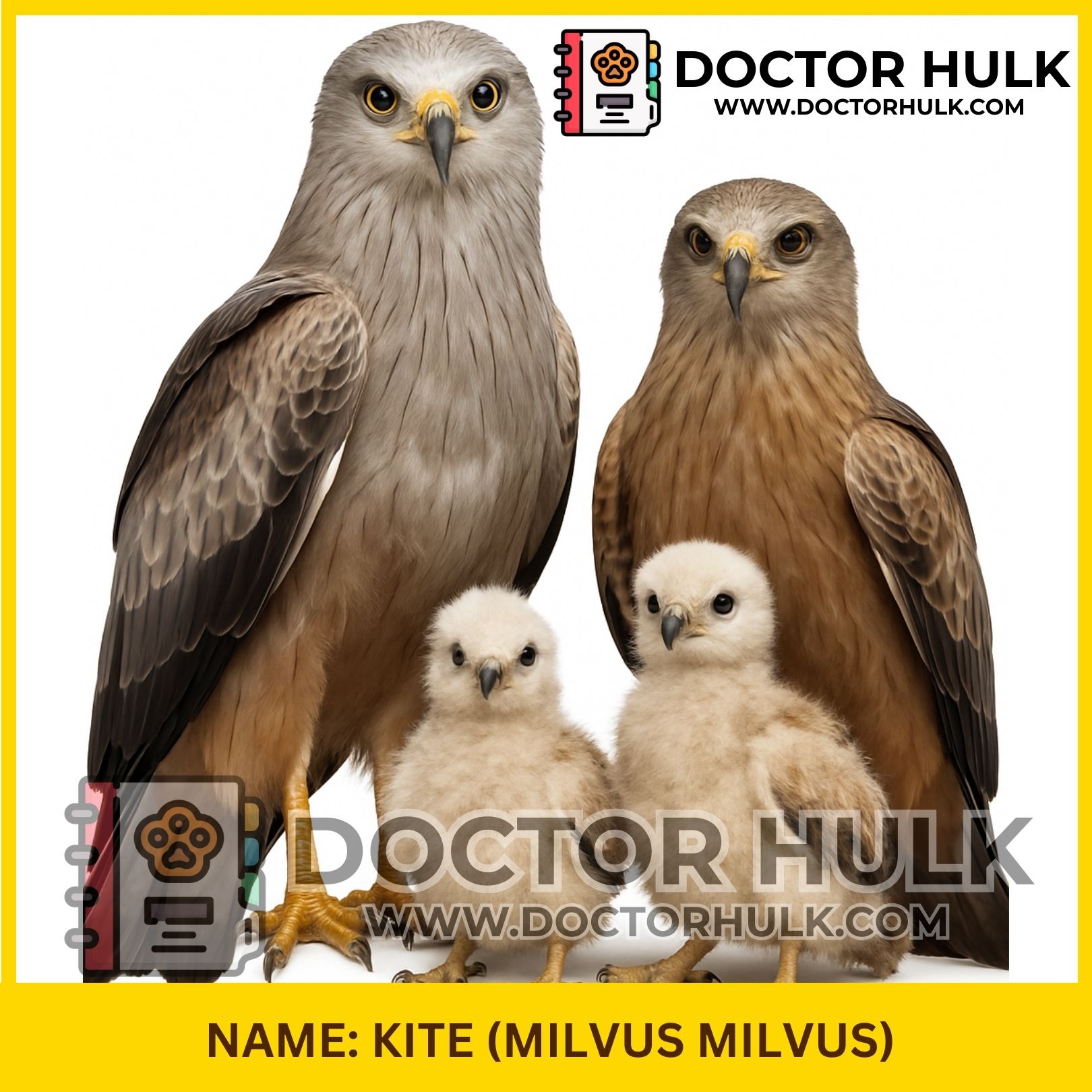

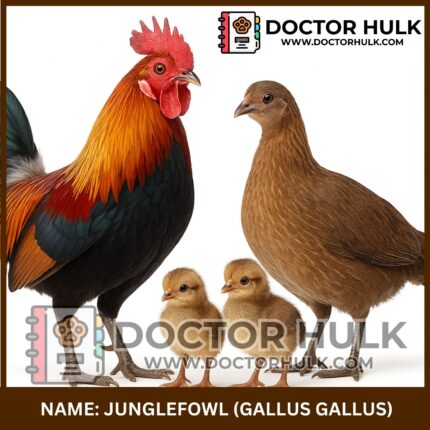







Reviews
There are no reviews yet.